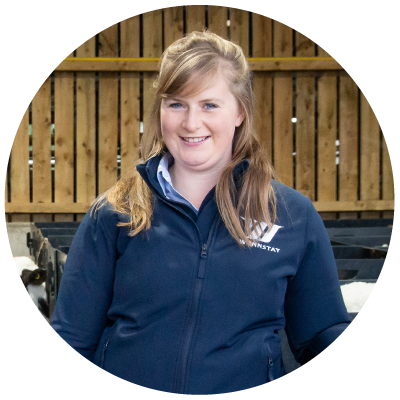How to minimise disease transfer in colostrum
-

- 3 Feb 2023
- 0 Comments

Calves are born with no immunity and rely on colostrum to gain immunity against disease, with colostrum being the first feed, cleanliness is so important. By following simple steps and putting hygiene protocols in place you can minimise the risk of disease in calves.
The dam you are collecting colostrum from has been through her dry period so her udder will need cleaning with an effective teat disinfectant routine to remove any bacteria that could contaminate the colostrum.
Studies show samples collected from collection and feeding equipment had much higher levels of bacteria than those collected directly from the teat, this shows that equipment that isn’t cleaned properly can be a major source of bacterial contamination which is a major risk to calves' health. Collecting and feeding equipment should be cleaned thoroughly between each use, using hot water and disinfectant to reduce bacteria contamination.
When colostrum is collected in clean equipment, a lot of the time it is left in a bucket at room temperature in or near the dairy until it is needed. Bacteria will double every 20 minutes when left like this, so just think leaving a bucket in the dairy for one hour will lead to the bacteria tripling in numbers - this is a gateway for disease. So once colostrum is collected feed it straight away, pasteurise or cool it down immediately. Not only will the bacteria feed off the calves, but they will also feed off the proteins in the colostrum lowering its effectiveness.
Don’t contaminate the colostrum yourself, make sure you are clean, ideally by wearing clean gloves.
5 top tips for recducing the risk of contamination
Follow these 5 golden rules to minimise disease transfer in colostrum. This could be the difference between giving a calf the best start to life or a gateway to problems.
- Clean Udder
- Wear Gloves
- Clean collection and feeding equipment after every use, using hot water and disinfectant
- Feed it, cool it and pasteurise it straight after harvesting
- Know the disease status of your herd










